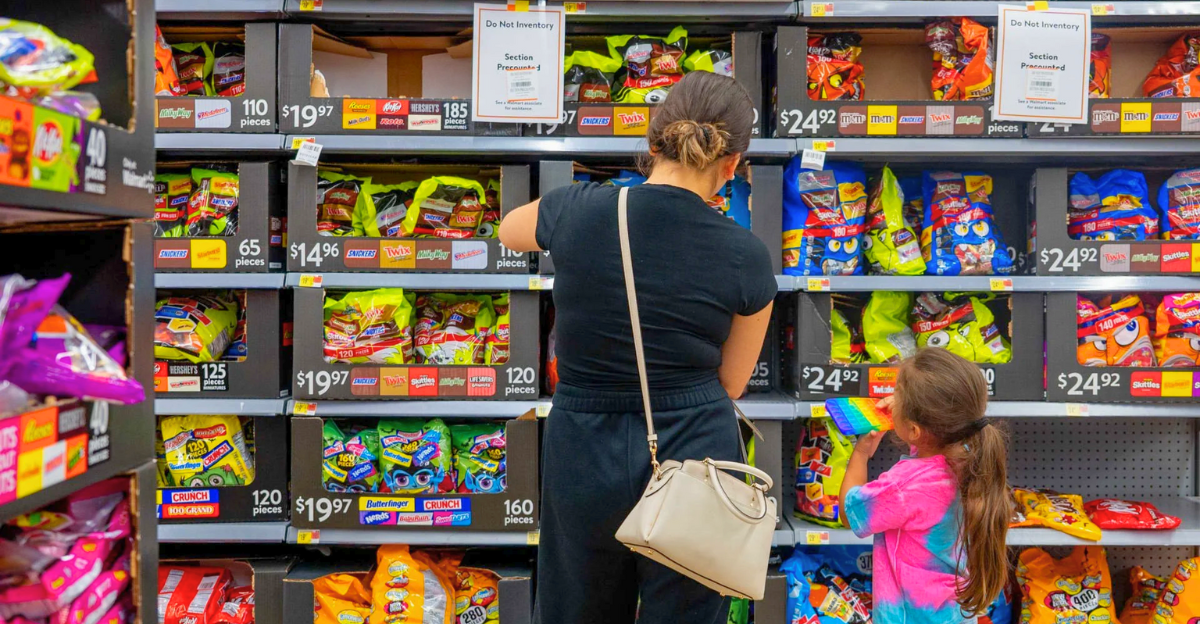
Trips to the grocery store aren’t nearly as fun as they used to be. A few years ago, you could go grocery shopping and come back with necessities and a few treats without breaking the bank. Now, many Americans can barely afford their necessities and have had to cut back on some products completely.
Ongoing inflation and rising transportation and production costs have fueled this upward trend, making it hard to keep pantries full. These are some of the items that have become particularly expensive and, in some cases, even unaffordable for some.
1. Cheese

For many people, cheese used to be non-negotiable in their household, and this is completely understandable because it’s cheese. Need I say more? The average price for a pound of American processed cheese hovers just above $5 as of June 2025, and natural cheeses like cheddar are even pricier, with retail prices nearing $6 per pound.
While dairy markets have seen some softening in global commodity prices, consumers are still paying a premium compared to previous years. Cheddar cheese prices are up 7% from 2023, and processed cheese prices are tracking similar increases.
2. Eggs

Who would have thought that a breakfast necessity would become a luxury in some households? Eggs were once considered one of the most affordable protein sources, but that doesn’t seem to be the case anymore. Driven largely by relentless outbreaks of highly pathogenic avian influenza, prices have spiked to record highs, averaging around $4.95 per dozen in January, according to data from the U.S. Bureau of Labor Statistics (BLS).
Forecasts suggest costs climb even higher, potentially nearing $7 per dozen if current trends persist. For many consumers, picking up a simple carton of eggs is now a significant blow to the weekly grocery budget, and even restaurants have begun charging surcharges for egg-based dishes to keep up with soaring wholesale costs.
3. Nuts
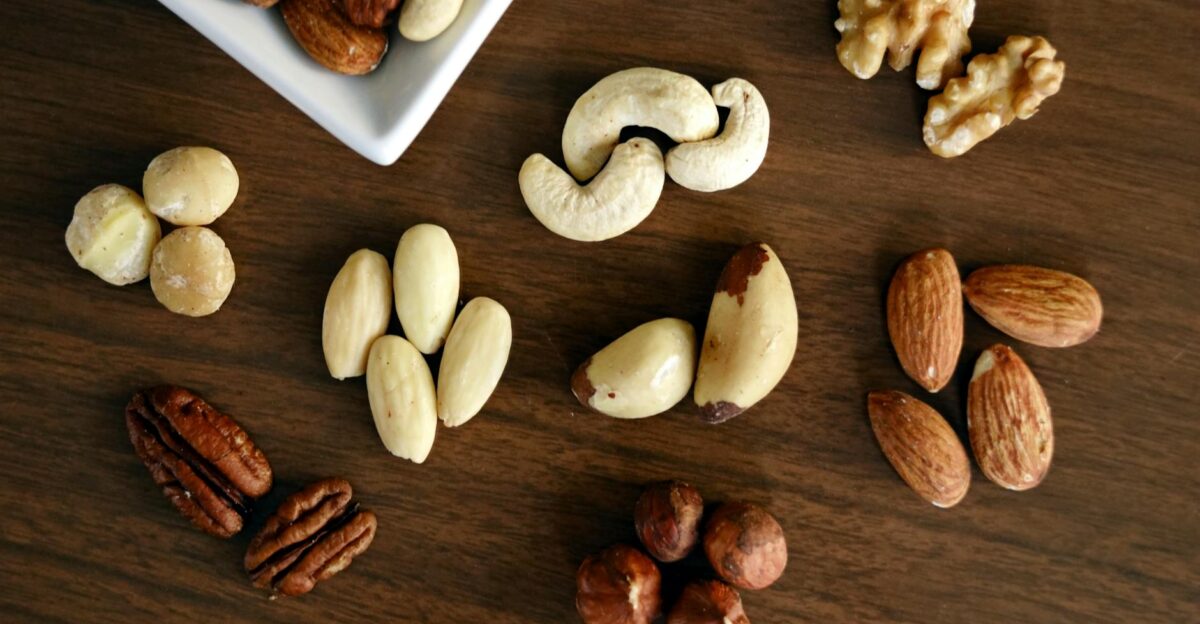
Nuts, once a go-to snack for health-conscious shoppers, have seen a sharp rise in prices, making them less appealing for snacking and more likely a luxury occasionally. Almonds, pistachios, and cashews have jumped in cost due to droughts in major growing regions like California, labor shortages, and increased global demand. A one-pound bag of almonds can easily exceed $8, while premium varieties of mixed nuts are often priced over $12.
4. Vegetable Oils

The average retail cost for a gallon now commonly ranges from $8 to over $10, depending on the brand and retailer, making even basic cooking oils a strain for budget-focused shoppers. Drier seasons and erratic climate patterns have lowered yields of crops like soybeans, sunflower, and canola, while biofuel mandates worldwide further reduce available supplies for consumers.
With prices over 18% year-on-year and little relief forecasted, even switching to bulk store brands won’t save you too much on your monthly grocery budget. It’s easy to see why so many people switch to oil-free alternatives.
5. Beef
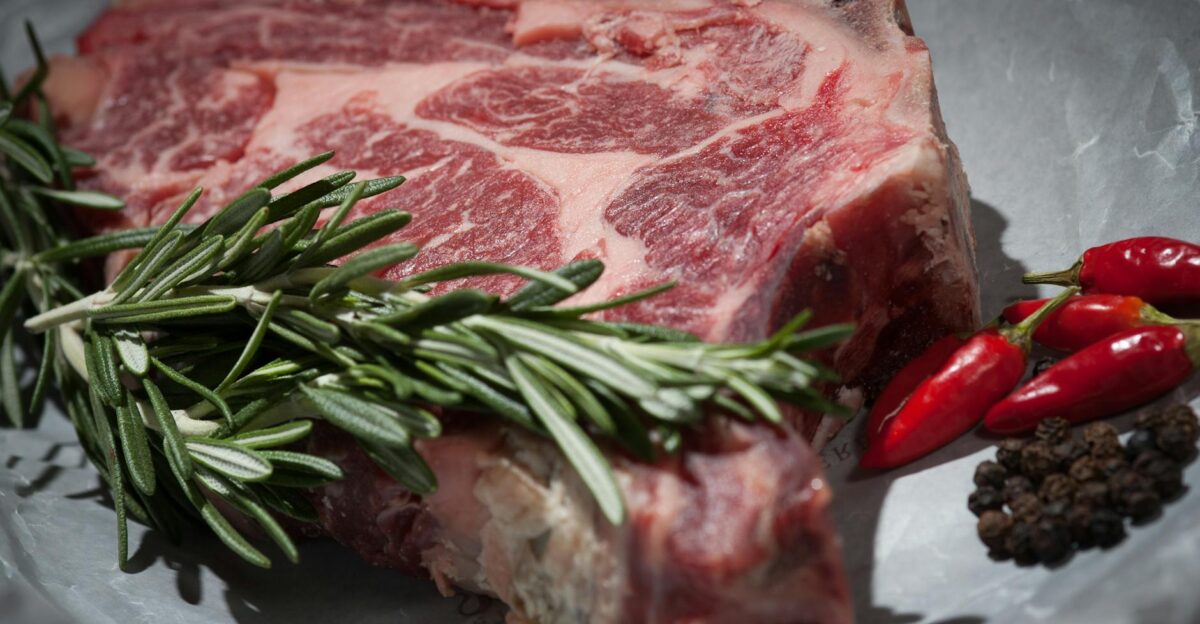
It comes as no surprise that beef made its way onto this list. The surge stems from the smallest U.S. cattle herd in decades, down to its lowest level since the early 1950s, after years of drought, high livestock costs, and producers downsizing herds. As a result, ground beef now averages $6.12 a pound, nearly 12% more than a year ago, while steak prices have soared 8% year-over-year, averaging $11.49 per pound.
With no sign of a decrease in sight, shoppers now have to rethink their dinner plans to make them more affordable.
6. Coffee

Very few people can survive the day without a cup of coffee, but for most Americans, it’s non-negotiable. Unfortunately, with coffee prices only going up, a cup of coffee every morning might not always be possible. The retail price for a pound of ground roast coffee has surged to $8.13 as of June, up from $6.25 a year ago and more than $4.50 in 2020. The situation could worsen for American consumers as new tariffs hit green coffee bean imports, particularly the proposed 50% tariff on Brazilian beans, threatening to push prices even higher in the coming months.
“Americans are going to feel the impact of the tariffs in their morning brew. That’s a very significant tax on the leading producer of coffee,” said food economist and Michigan State University professor David Ortega.
7. Fresh Fruit
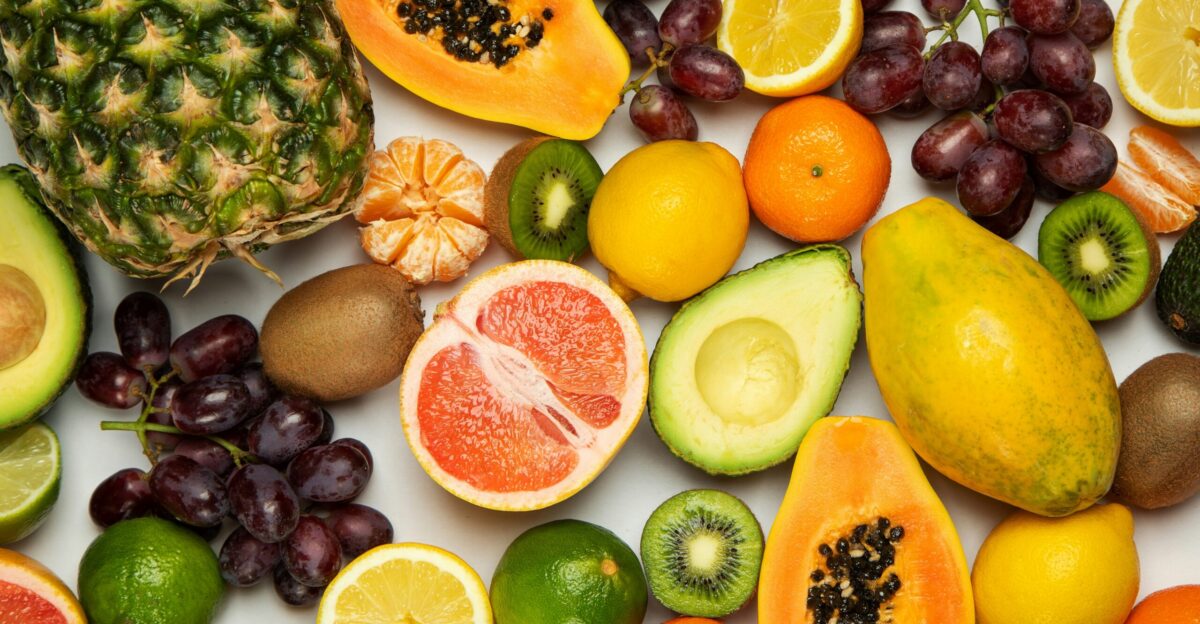
Despite some minor monthly price fluctuations, overall consumer prices for fresh fruit have climbed sharply in recent years, rising roughly 30% compared to five years ago. Fruit prices can differ drastically depending on the retailer you choose to buy from, but they aren’t the cheapest part of your groceries anymore.
While prices vary by type and season, bananas are more affordable, whereas berries and avocados command premium prices. Shoppers are consistently paying more for a healthy, fruit-filled diet.
8. Bacon
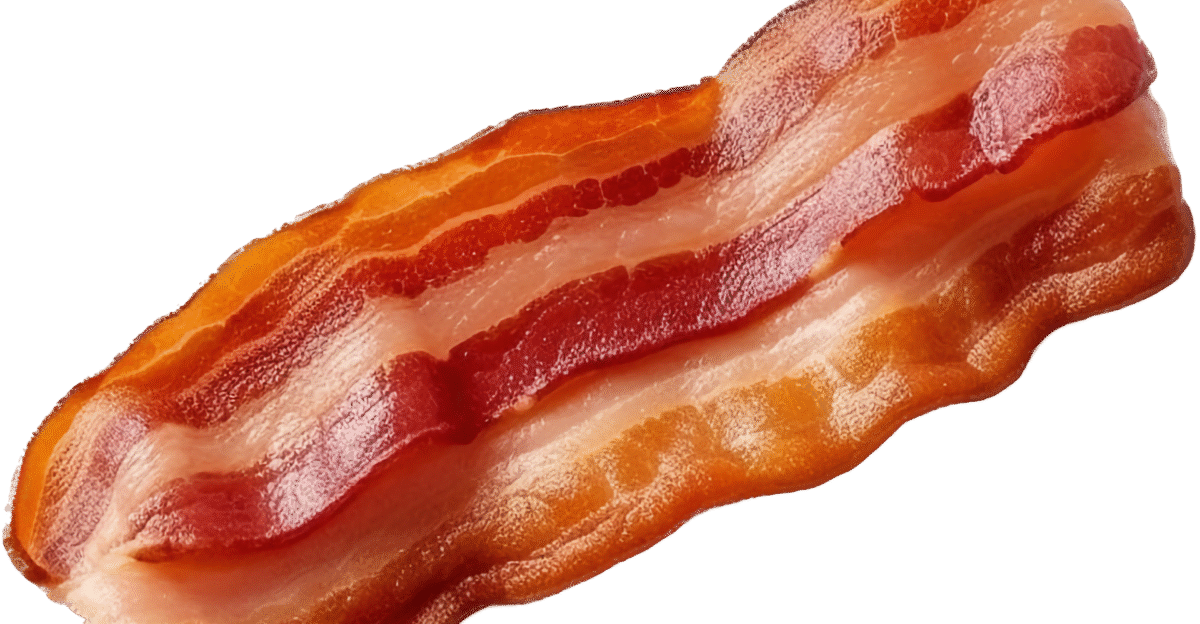
It’s a sad day for bacon lovers, as prices keep skyrocketing, making trips to the store for bacon more unrealistic each time. The average price for a pound of bacon hit $7.10 in June 2025, up from $6.99 just a month earlier. This reflects a steady climb that outpaces overall inflation and far exceeds price levels from even a few years ago. Nationwide, price hikes have averaged nearly 20% compared to a year ago, with costs varying widely depending on the region.
Increased production costs, higher wages, supply chain disruptions, and new animal welfare regulations like California’s Proposition 12 have all contributed to relentless inflation in pork products.
9. Butter

Butter is a staple in almost any American household, but prices become harder to pay each month as tariffs climb. As of June 2025, the average U.S. retail price for a pound of stick butter hovers just below $4.90, a sharp increase from previous years. Ongoing supply constraints, higher costs for feed and labor in the dairy industry, and fluctuations in milk production primarily drive this climb. According to the U.S. Bureau of Labor Statistics, prices for butter are 2,107.33% higher in 2025 versus 1939 (a $67.01 difference in value).
10. Cereal

Who doesn’t love a heaped bowl of cereal to kick off your day? This may not be the case for much longer as cereal is quickly becoming a luxury in many households. Many popular name-brand cereals now cost well over $5 per box, with some premium or larger boxes reaching $6 to $7. Recent data reveals that year-over-year cereal prices increased by more than 14%.
While store-brand cereals are a more affordable option, they have also inched up in price but remain less than half the cost of big-name brands in many cases.
